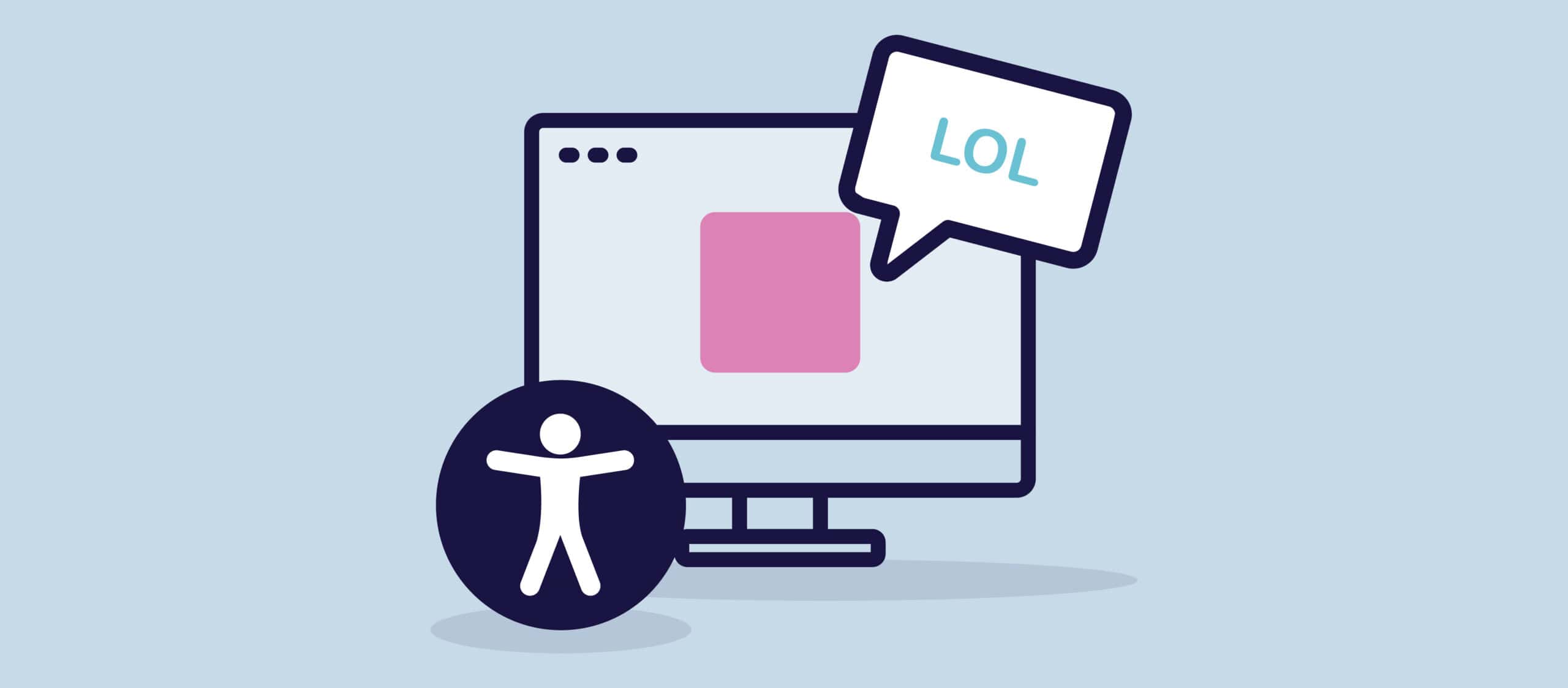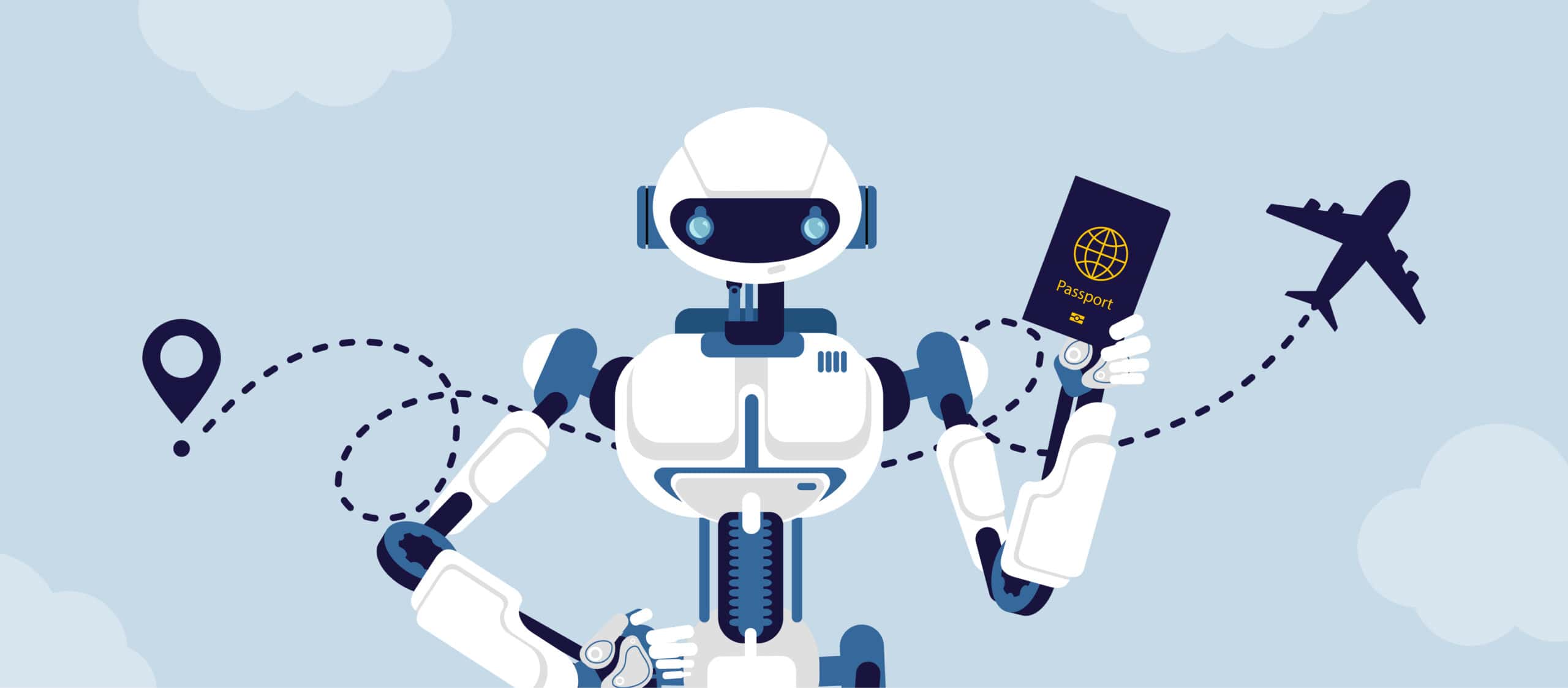Accessibility is at the forefront of creating an inclusive and equitable digital environment. In a world that is increasingly reliant on digital communication, ensuring that content is accessible to all, regardless of disabilities, is not just a matter of compliance but an essential aspect of empathy and inclusion.
Enter ChatGPT, a powerful natural language processing model developed by OpenAI. This model is becoming a vital tool in generating and enhancing accessible content. But like all tools, it has both strengths and limitations. Let’s explore both:
Opportunities
Simplifying Complex Text
ChatGPT can simplify complex content, making it more accessible to those who might struggle with intricate language structures.
Creating Alternative Text Descriptions
It can create accurate and descriptive alternative text for images, aiding screen readers in conveying the message of visual elements.
Translating Languages
ChatGPT’s ability to translate content into various languages ensures that more people can access information in a language they understand.
Generating Readable and Engaging Content
Its natural language abilities can be tailored to fit the reader’s tone and style preferences, making content more relatable and easier to digest.
Assisting with Accessibility Guidelines Compliance
ChatGPT can produce content that complies with accessibility standards like WCAG, an essential aspect for businesses and websites.
Voice Integration
ChatGPT can be paired with text-to-speech technologies to provide content in an audible form, extending the accessibility of content.
Caveats and Limitations
Dependence on Quality Input Data
ChatGPT’s ability to generate accurate content is highly dependent on quality input, leading to potential inaccuracies if incorrect information is provided.
Lack of Human Insight
It lacks the genuine insight and empathy a human writer might bring, which may result in content missing nuances or subtleties required for true accessibility.
Over-Simplification
There’s a risk that ChatGPT might over-simplify complex concepts, leading to a loss of essential details or nuances.
Language and Cultural Sensitivity
It may miss cultural nuances or idiomatic expressions that are vital for true understanding, leading to culturally insensitive or confusing content.
Compliance with Accessibility Standards
Ensuring that content meets specific legal accessibility standards may require human oversight, even with ChatGPT’s assistance.
Mitigating the Caveats
- Human Oversight: Reviewing and refining content ensures standards of quality and accessibility.
- Collaborative Approach: Combining ChatGPT with human intelligence for a nuanced approach.
- Ongoing Development and Adaptation: Continual development and adaptation of models for capturing various needs and contexts.
Conclusion
ChatGPT offers promising capabilities to create accessible content, but it is not without challenges and limitations. It serves best as a tool within a broader strategy, complemented by human expertise and a comprehensive understanding of accessibility needs.
The potential of ChatGPT in promoting digital accessibility is significant, but awareness of its strengths and weaknesses ensures that we employ it responsibly and effectively. By embracing these tools and recognising their limitations, we can make strides towards a more empathetic and accessible digital world for everyone.


